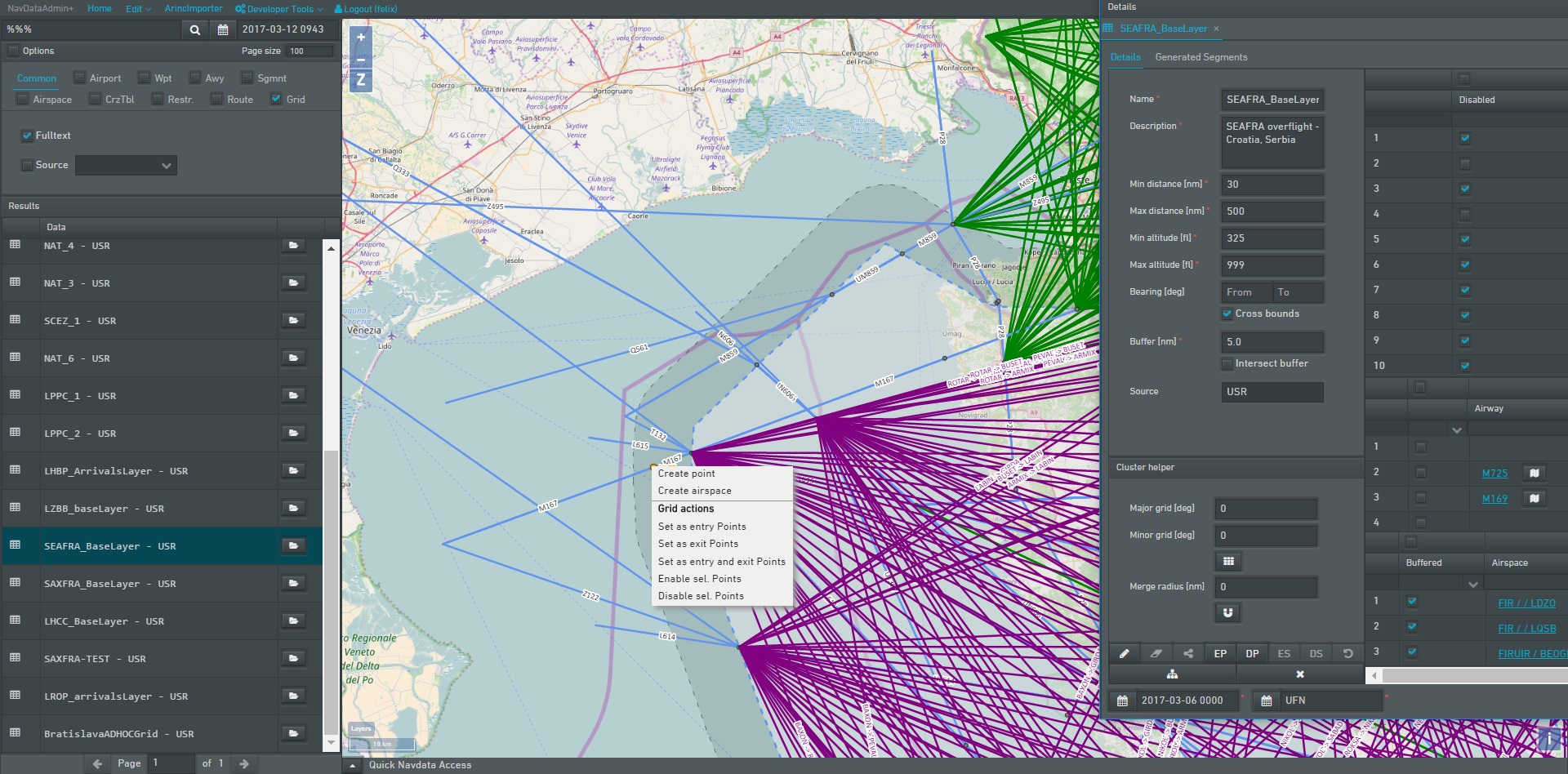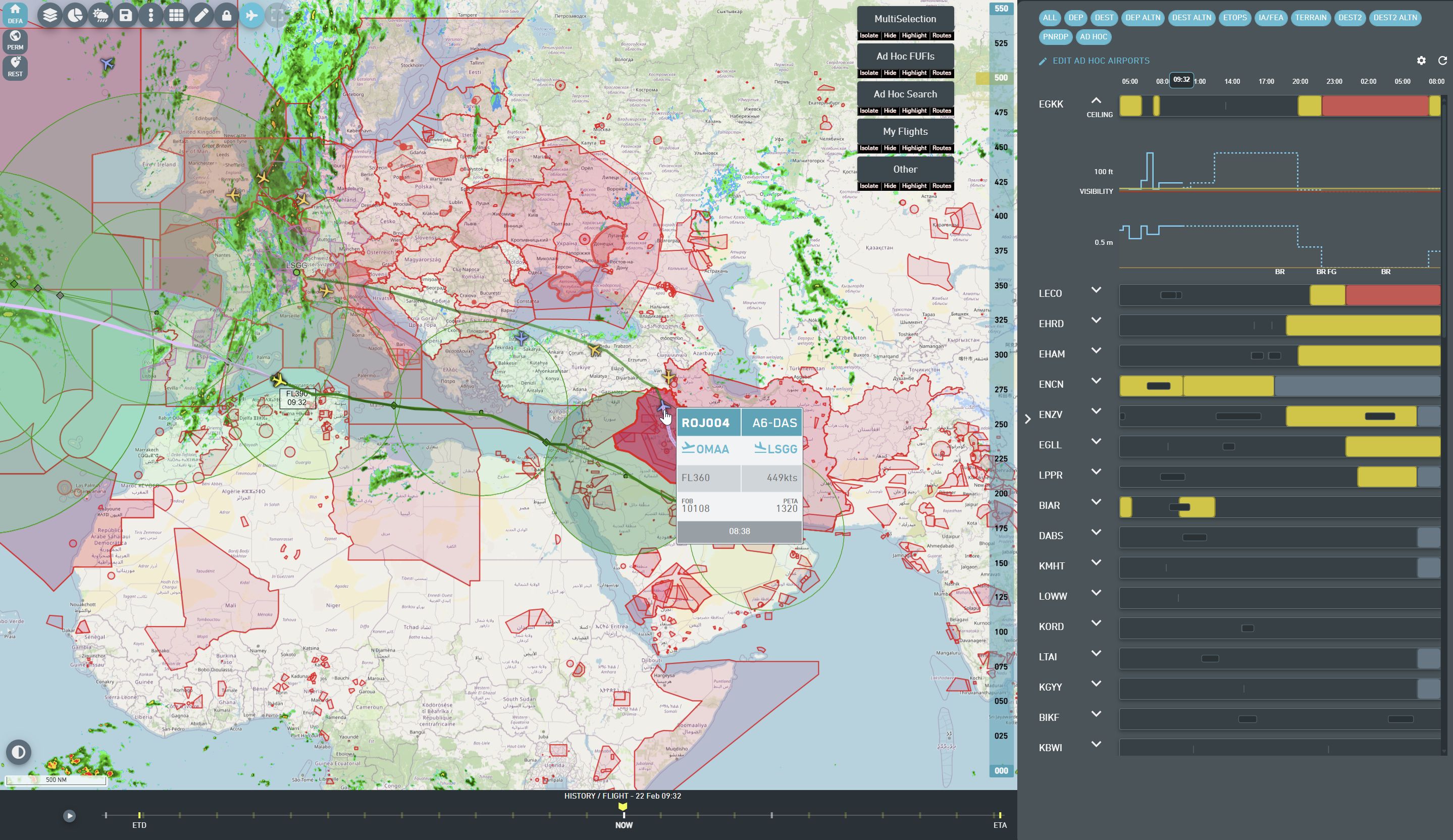
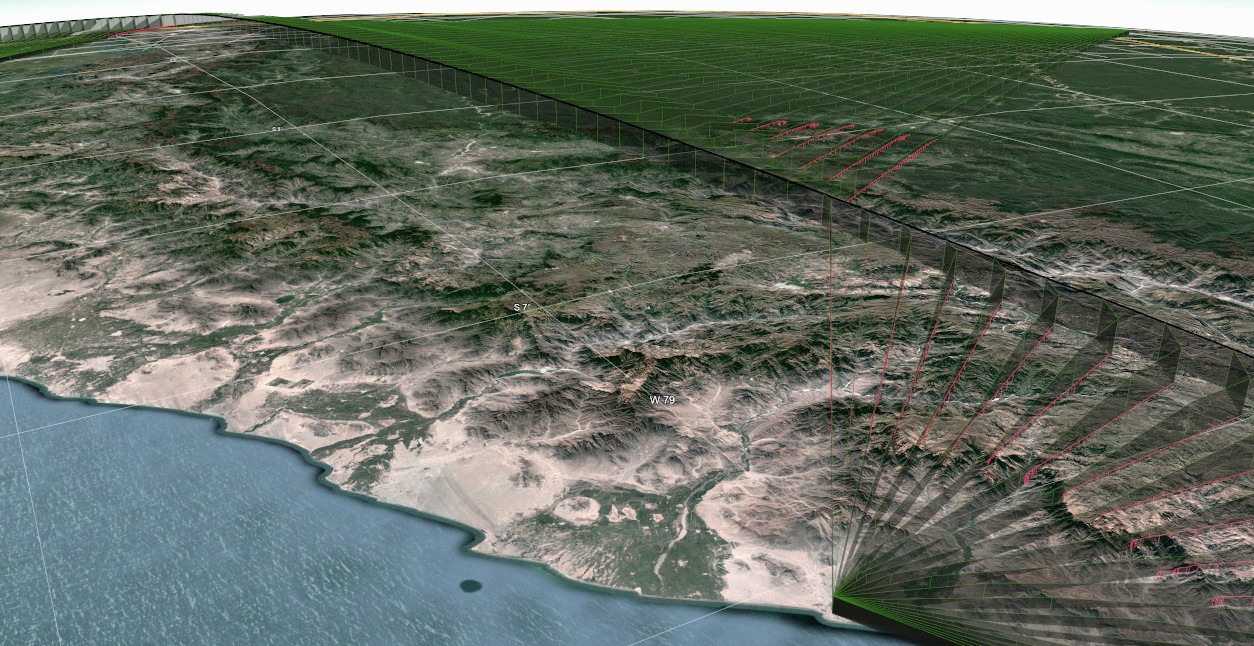
- Consideration of geopotential gradients (cruise at constant pressure altitude actually means climbing into high pressure areas and descending into low pressure)
- Precisely optimized climb and continuous descent profiles with accurate airport elevation consideration
- Elimination of speed optimization artefacts from low-res manufacturer data
- Accurate consideration of vertical wind components and wind shears
- Consideration of geopotential gradients (cruise at constant pressure altitude actually means climbing into high pressure areas and descending into low pressure)
- Consideration of geopotential gradients for terrain clearance and drift-down
- Consideration of pressurized cabin air weight (example: an A330 can effectively weigh an additional 700kg at cruise altitude)
- Consideration of inertial forces (gravity changes with altitude and latitude, coriolis force, centrifugal force)
- Consideration of distance increase at higher altitude
- Consideration of climb gradients in turning flight
- Accurate altitude capability based on CG and fuel distribution prediction
- Integrated fuel tank temperature predictions
- Adaptive buffet margins for improved turbulence management
- Cruise climb calculations (continuous climb during cruise phase at climb thrust)
- Non-standard descent calculations, considering cabin pressurization schedules and speed brake or flaps usage)
- Flexible bleed settings (anti-ice, non-standard aircondition settings)
- Effect of humidity on fuel consumption
- Holding calculations in non-clean configurations, depending on speed constraints
- Engine-out and gear down calculations in any combination and for any flight phase
- Refined and fully automated aircraft performance monitoring
- Mixed engine operations
- Evaluation of new airframe-engine combinations
- Integrated landing performance calculations for airport suitability checks
- Large-scale comparison simulations for different optimization strategies (e.g. versus FMS speeds and profiles)
- Planning of supersonic and hypersonic vehicles, including orbital dynamics up to LEO
- Distill performance data out of large sets of real flight data from DARs
- Reliable terrain-limited climb-out profiles for PBN evaluations
- Support test flight evaluations
- Develop and evaluate more efficient flight profiles
- Provide EFB applications to assist more efficient flight profiles
- Improve / design the next generation FMS
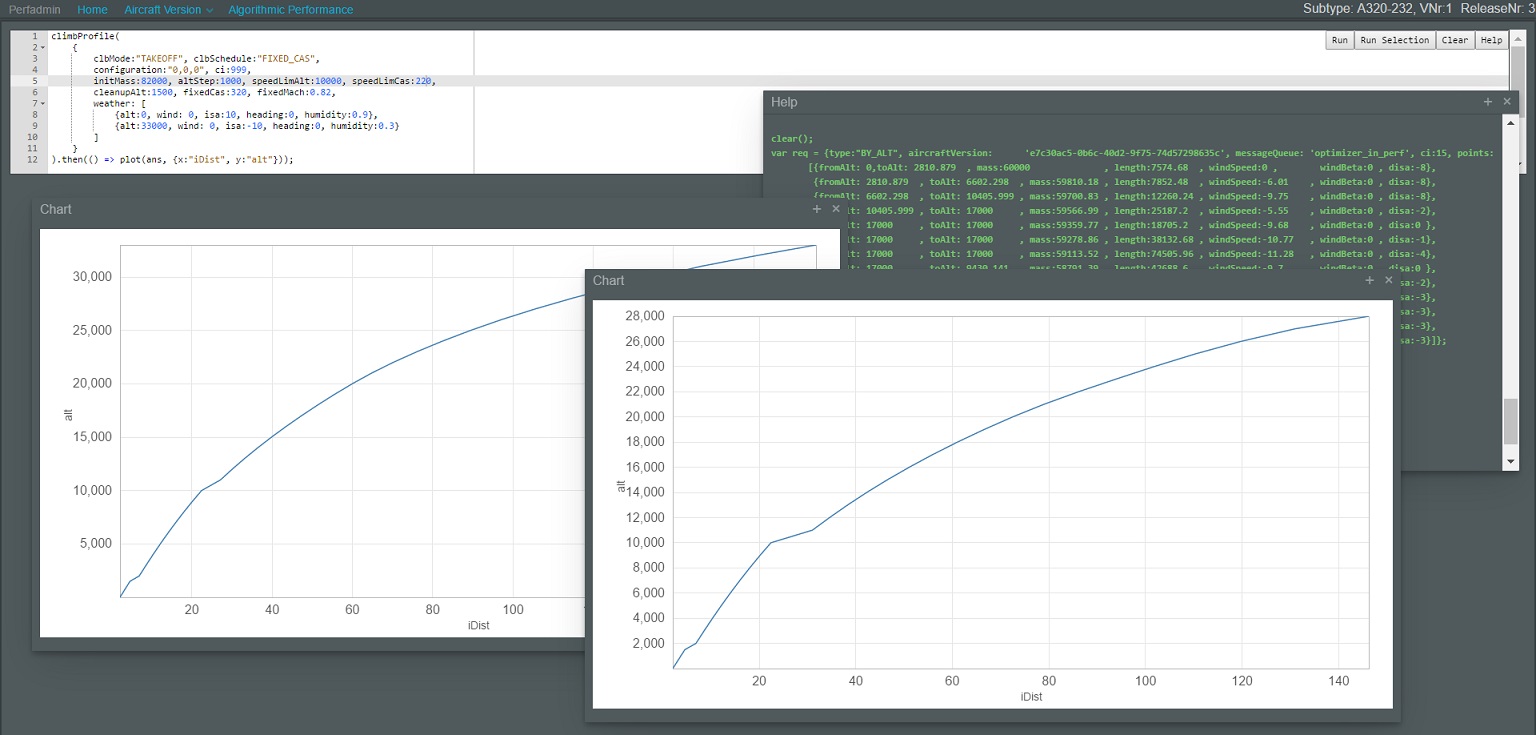
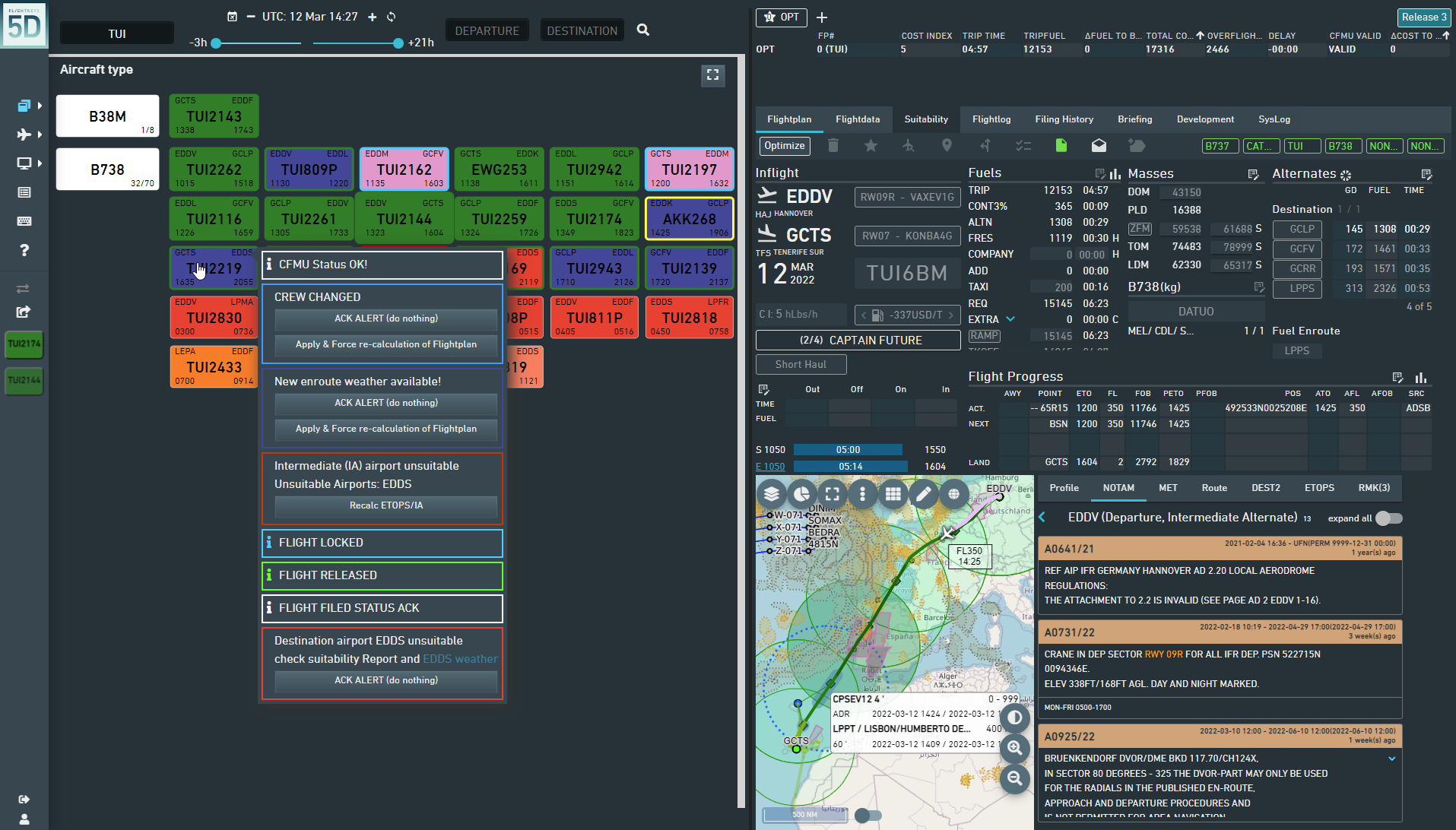
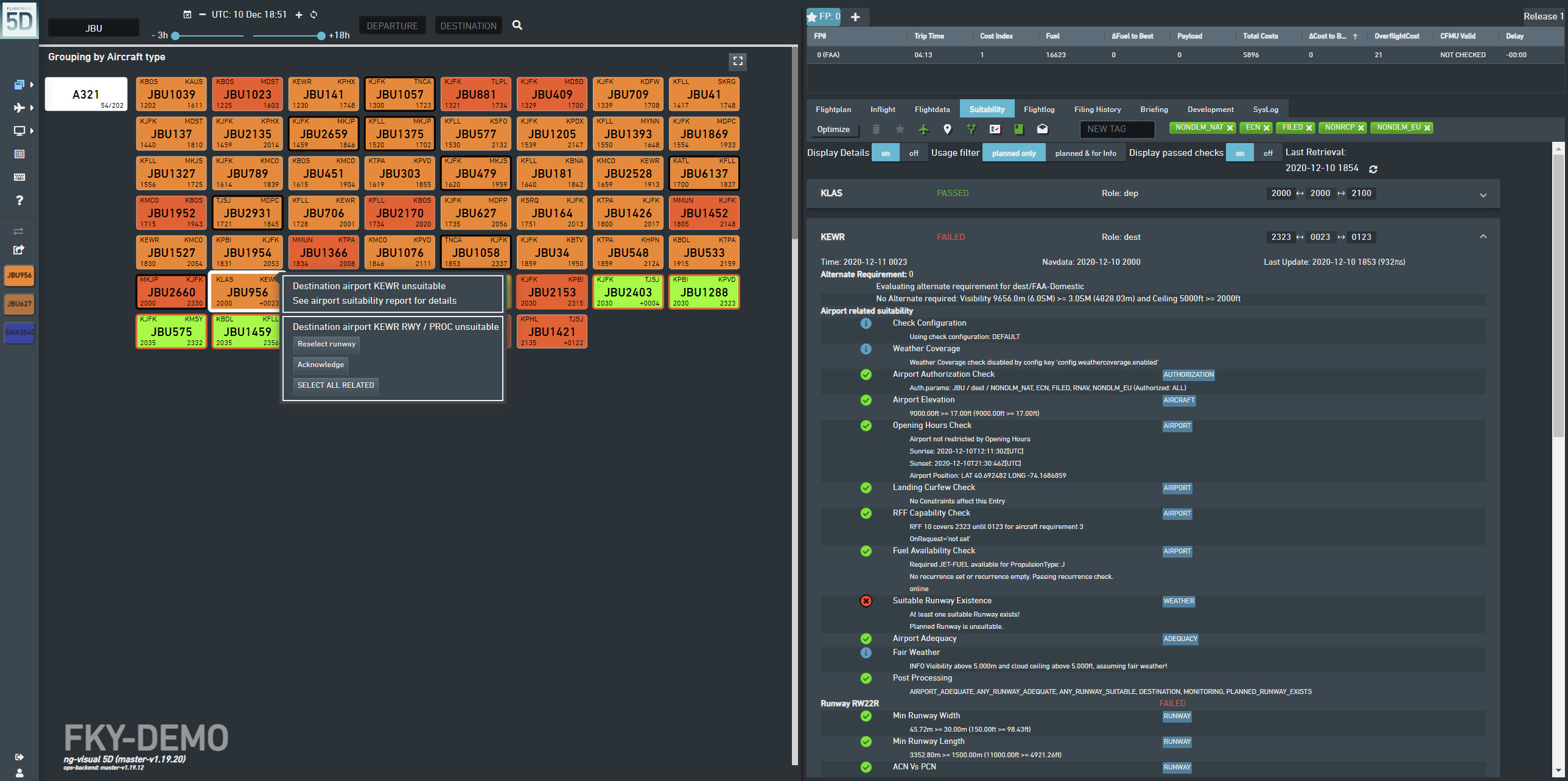
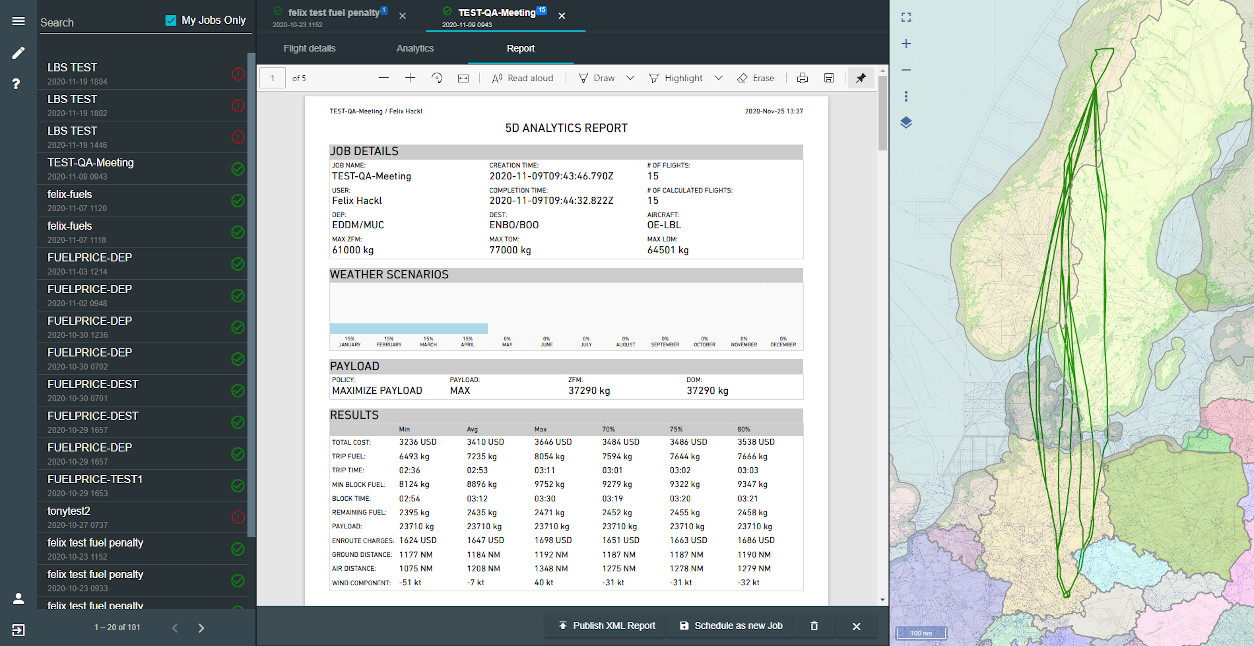
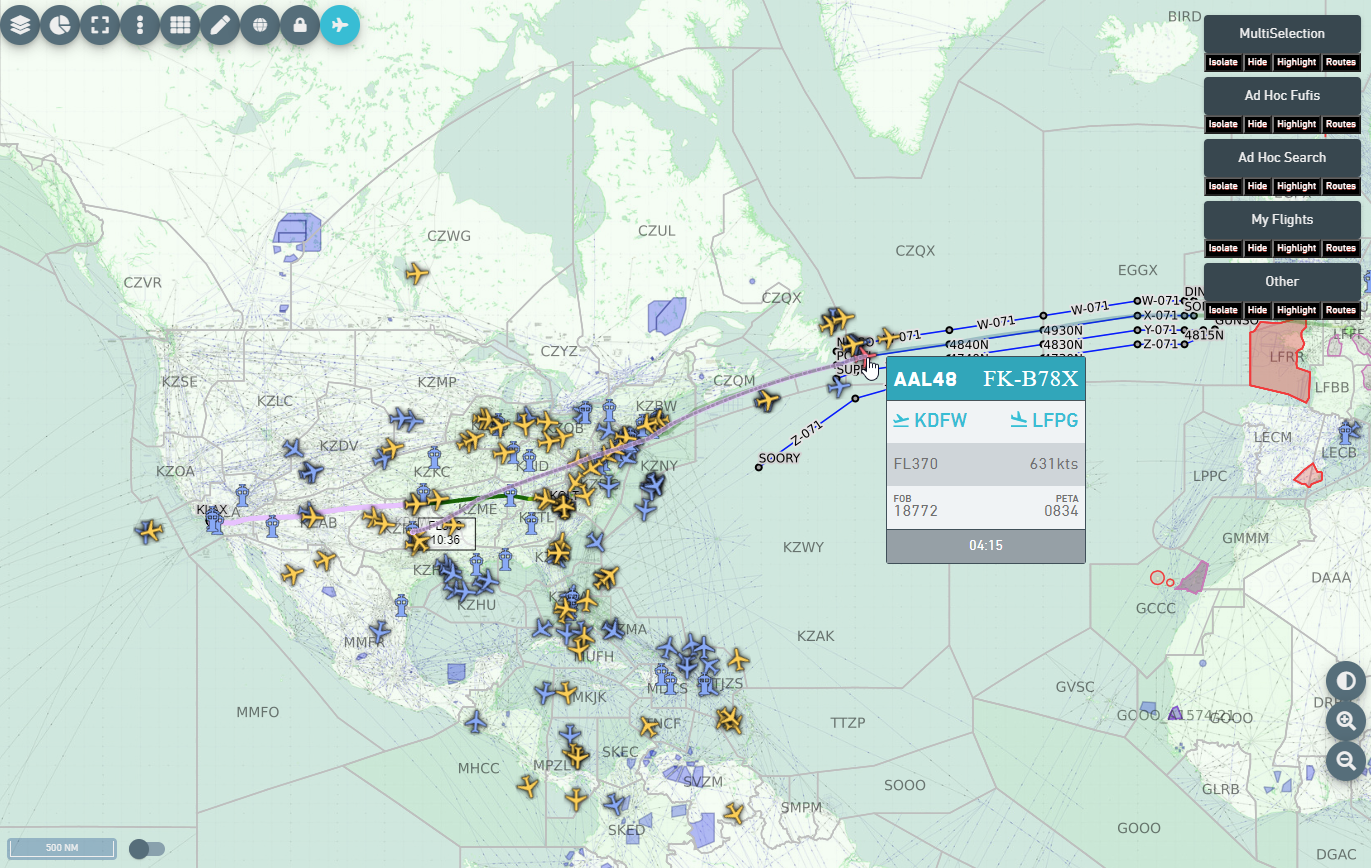
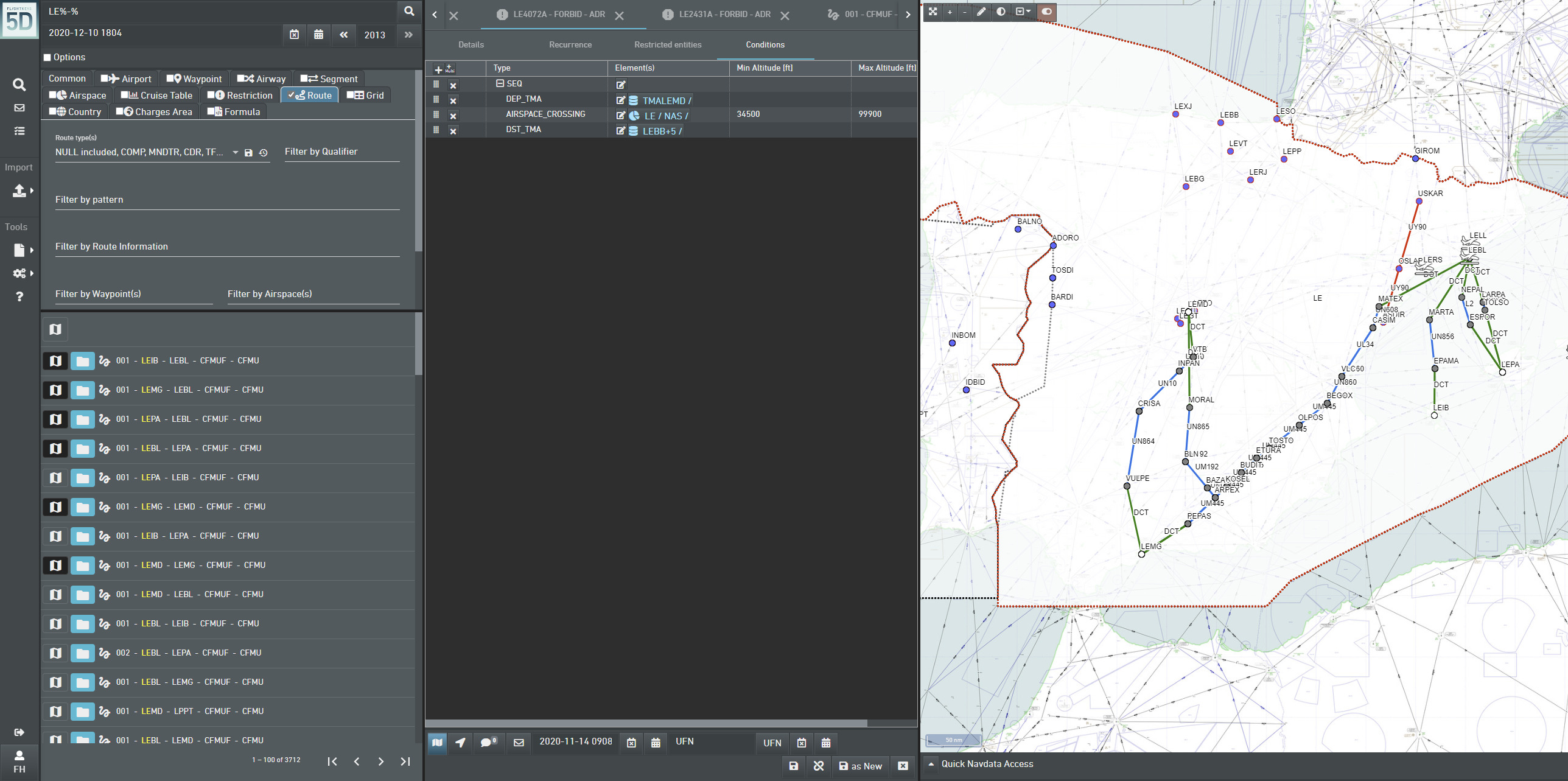
- Long-term planning, scheduling - weeks before departure (utilizing a 16 day GRIB upper air data forecast)
- Pre-flight planning, hotspot detection, trajectory filing - from days to a few minutes before departure
- In-flight re-optimization, conflict resolution, weather avoidance
- Post-flight evaluation - as soon as actual trajectory data is available
